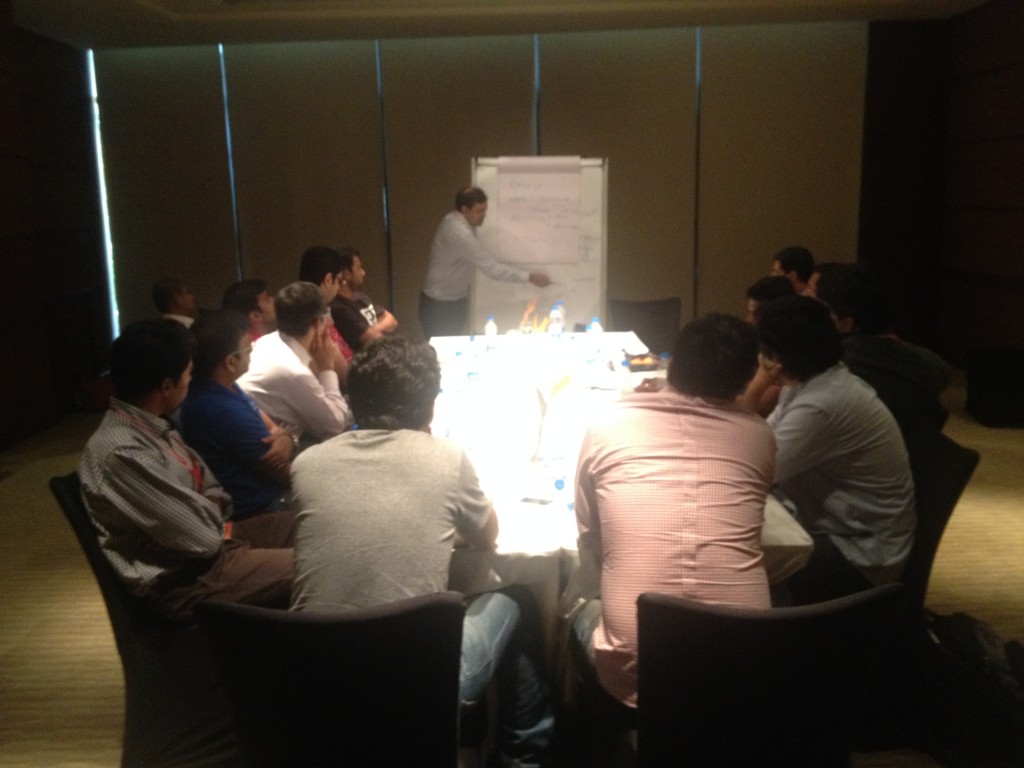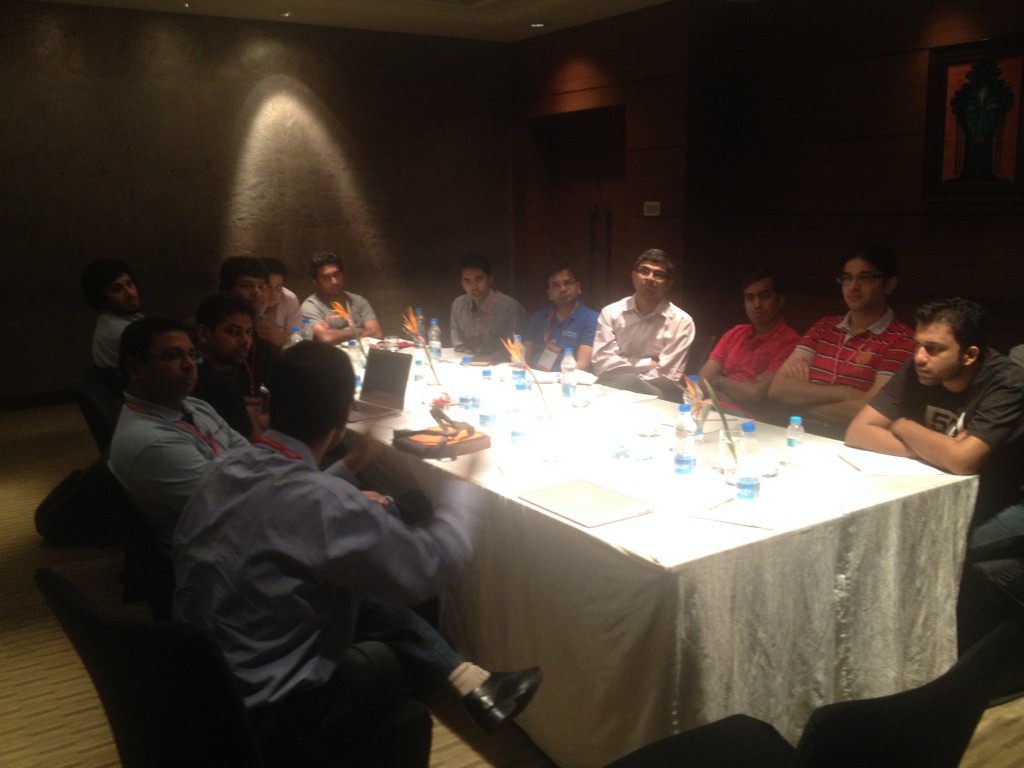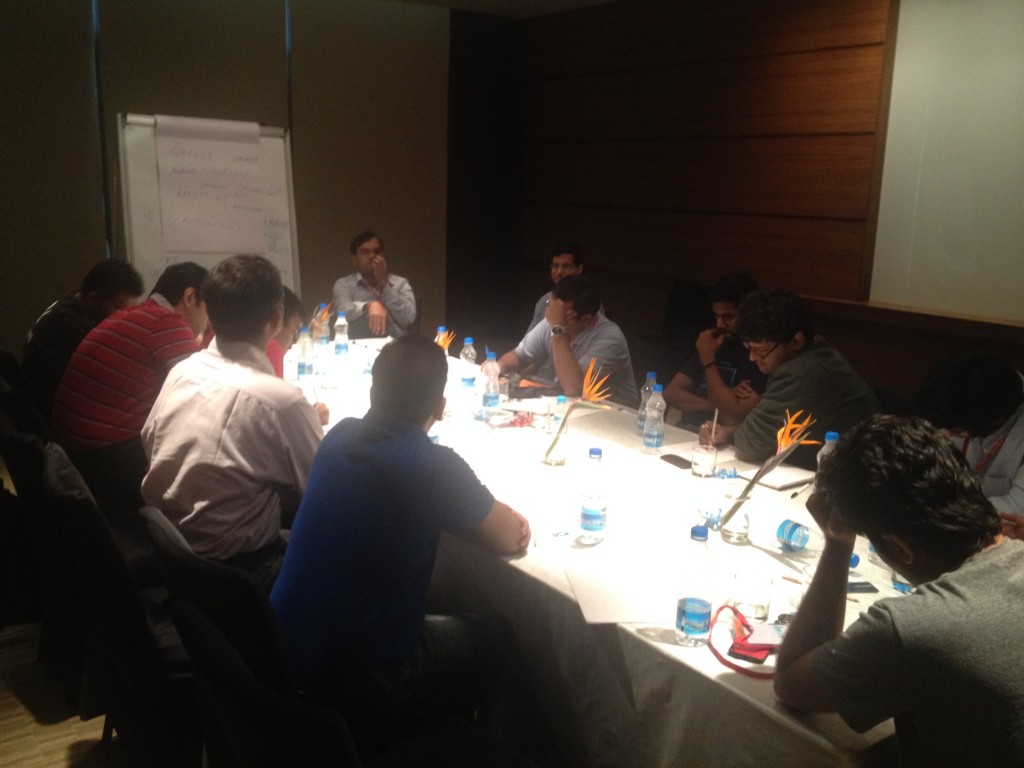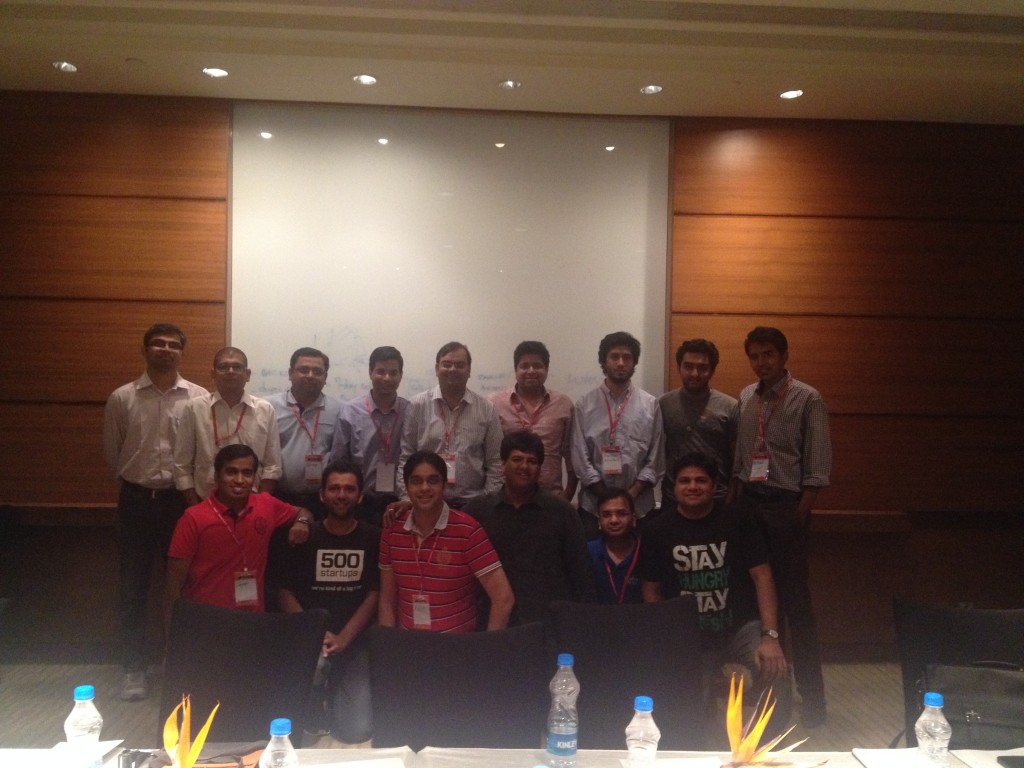One of our key clients using SahiGST suddenly placed a lead on our website. After seeing a few of these leads, I pinged my sales lead and asked him, are they looking for an alternative software? Didn’t they buy a bigger package from us just a few days back? My sales lead calmly replies, ‘oh those leads’. That must be the new users from this company trying to login to the software via the home page lead capture form.
The above situation should give you a hint of what it is like to offer a SaaS solution to Indian businesses.
Over the past one year, building a tax compliance software from scratch and selling it to Indian SMEs has been a great learning curve. Some of these learnings was very curious and insightful for us coming from a media / B2C background. There are several learnings that we got from this experience. Here are a few that may be repeatable for a lot of you.
On Sales:
Even if your service is fully delivered over the internet, it would be foolhardy to expect Indian businesses to complete the buying and on-boarding by themselves. Less than 10% of our customers were closed without a face to face meeting. In most cases we did online demos and product walk through 1-1 but conversions were low. Most sales came after a visit by one of our channel partners or sales executives. One of our channel partners couldn’t demo the technicalities of the software, but closed sales on the trust of his relationship with the client and managed by just showing a demo video of the product!
There could be several reasons why a in-person meeting is needed for closing sales with Indian businesses. Online demoes aren’t as easy to pull off for a product where there are a lot of questions from the customer and internet connectivity for a screen share isn’t always reliable. Add to that the customer set not being very savvy and comfortable with a Google Hangout or Skype. At the same time the trust that is generated when the sales guy says ‘main hoo na’ is unparalleled. What is also unparalleled is the amount of support calls the sales folks get in coming months 🙂
Phone Support:
For a digital entrepreneur it is hard to believe that the customer demands phone support six days a week from 10AM to 8PM even before seeing your product! Good phone support is an emotional connect and while software UX matters, without phone support we found that in our industry adoption would be zilch.
A well trained army of phone support agents was built before launch and we braced ourselves for the deluge of calls that may come our way. On a bad day (tax filing due date) we saw over 40% of our customer base calling us for support!
We were compelled to take a PRI line from Airtel and set up a physical call centre at our office. The same was preferred over cloud systems because of the voice clarity landlines give. We even got high quality Plantronics headsets for each of our support execs.
A lot of my startup friends debate this point and argue that we should work without phone support to change consumer habit. That may work, but in our experience no tax filing software in India survives without it. There are stories of mid size CA firms buying multiple softwares just to have backup options w.r.t. phone support availability. The saying is ‘jiska support phone uthaye, usko use kar le na’.
Pricing Is Key, ARPU would be low
Having run a high margin & content heavy venture before starting SahiGST, adapting to low ARPU and low cost operations was new for us. Our customers are more willing to pay for services (training etc) than the product. We kept our costs low and could keep our end pricing low as a result. Some services revenues tricked in but our focus remained on the product.
The saving grace is that once the Indian business consumer is used to a product, it is hard for them and your competitors to change that habit (eg: Tally)! So we expect the Life Time Value of our users to be very high.
As a policy we always kept our pricing consistent for all clients and did not discount for anyone. This built a reputation in the market and we could proudly tell our customer, this is the best price. Magic happens when the customer sees a reasonable price and knows that no one else gets it below that price!
So how has your SaaS experience in India been?



 To give you a taste of how things play out in the real world:
To give you a taste of how things play out in the real world:
 Best Practices For Product Development:
Best Practices For Product Development: 
